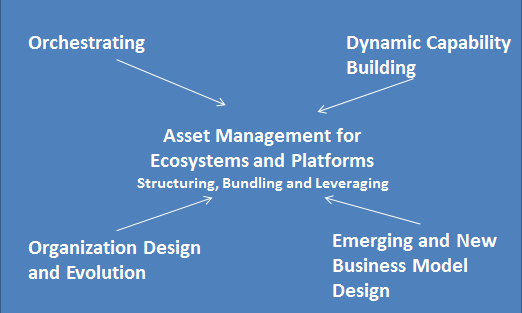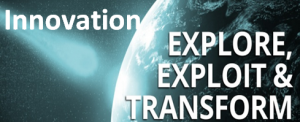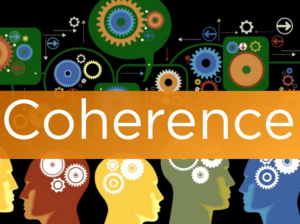
Comparing Operating Models to change to Business Ecosystems
Forget how you operate in traditional business models if you are considering the value and benefits of applying Ecosystem thinking and designs. You really have to think radically differently.
There are significant differences in how we (can) operate and appreciate the distinctive aspects between our traditional management approach and applying Ecosystem thinking and design. Initial assessments are highly valuable before you embark on participating in Ecosystem collaborations.
There are several emerging frameworks that provide for both universal and distinct application stages. There is always a need to emphasis “contextual nuances” and those “triggering points” but those are further critical aspects to explain for gaining a deeper understanding of Business Ecosystem distinctiveness in future posts.
My aim is to encourage business thinking around Collaborative Ecosystem Management for the future. Considering and then undertaking Business Ecosystems has a very different organizational impact and significant changes to be considered to be built and then put into place.
One exercise I recently undertook was to compare traditional to ecosystem distinctiveness. I offer here ten key distinctive areas for comparison. Let me share these:
There are many aspects to evaluate. Here I provide a handy comparison of existing and necessary changes likely to be made for Ecosystem management. Take a look at many of the principle differences.
I have put these into ease-of-reference set of tables.






